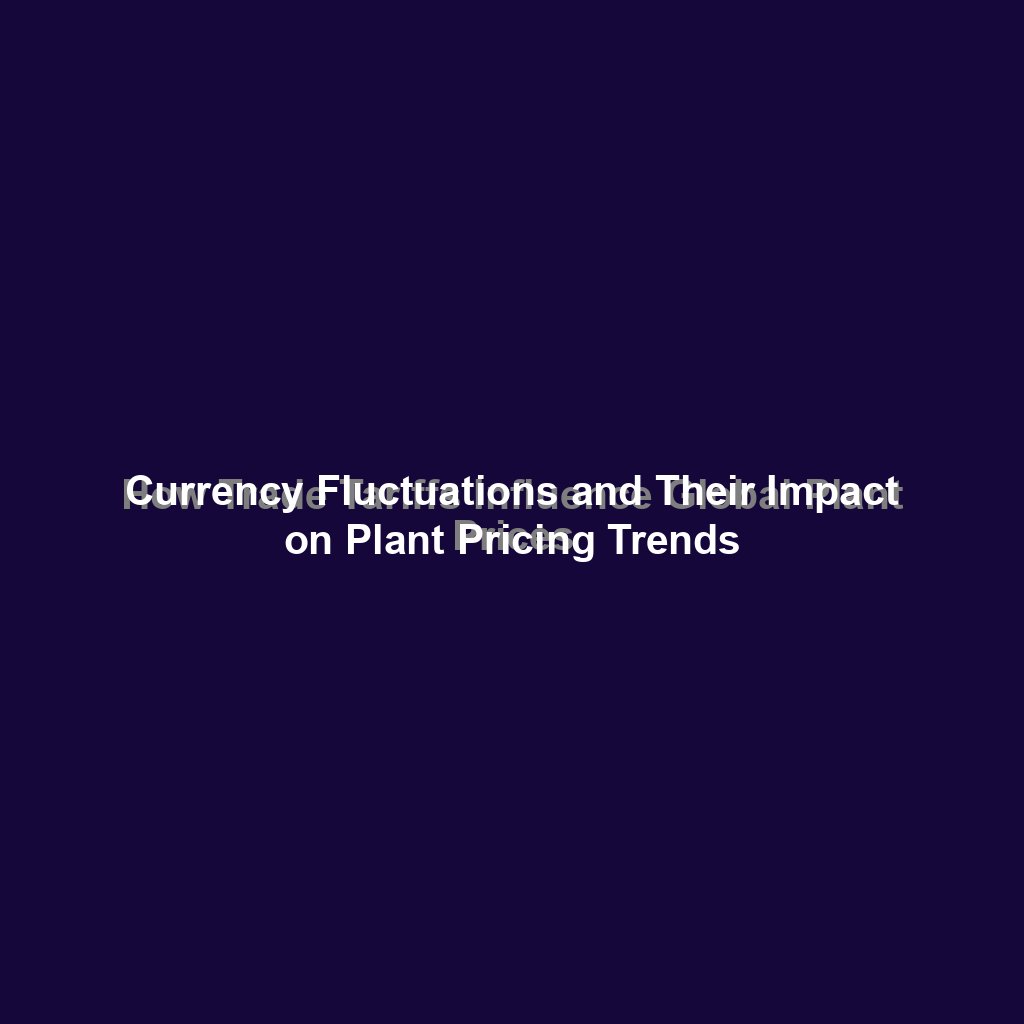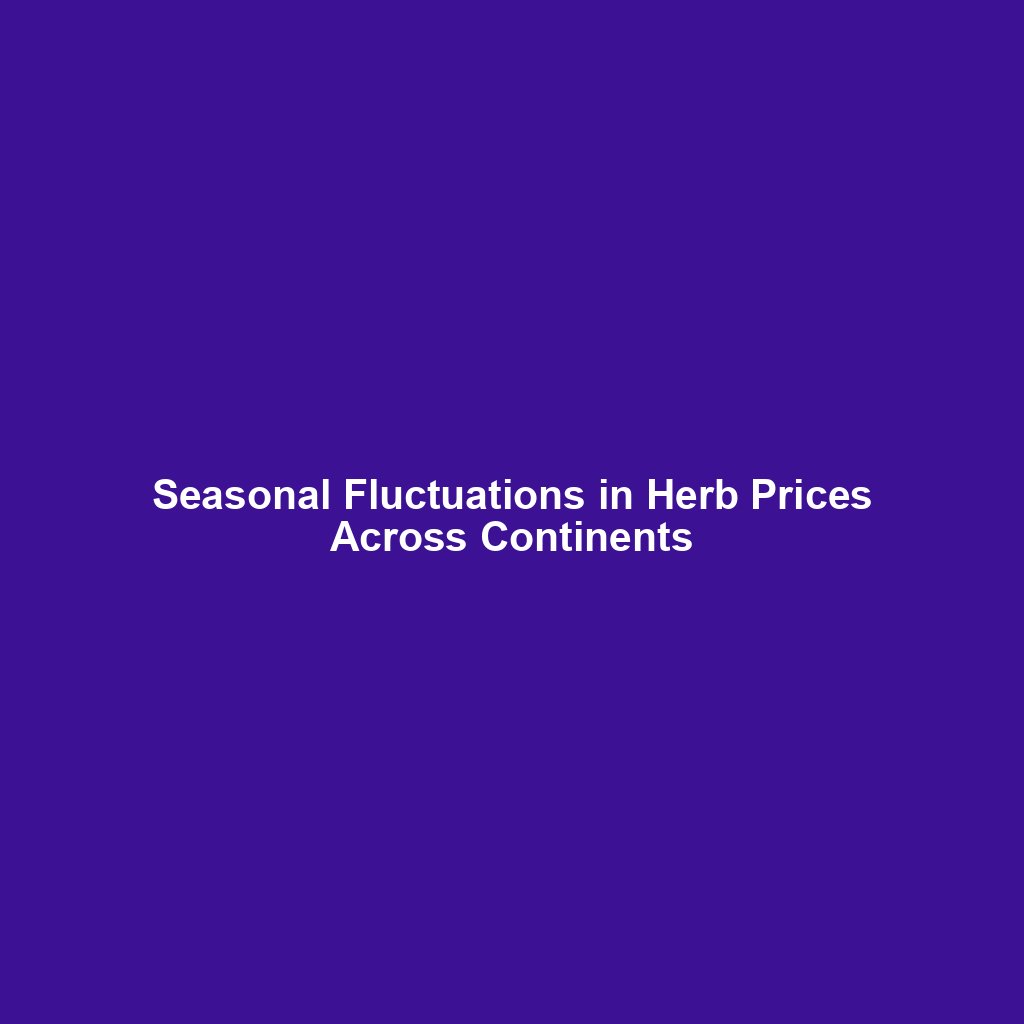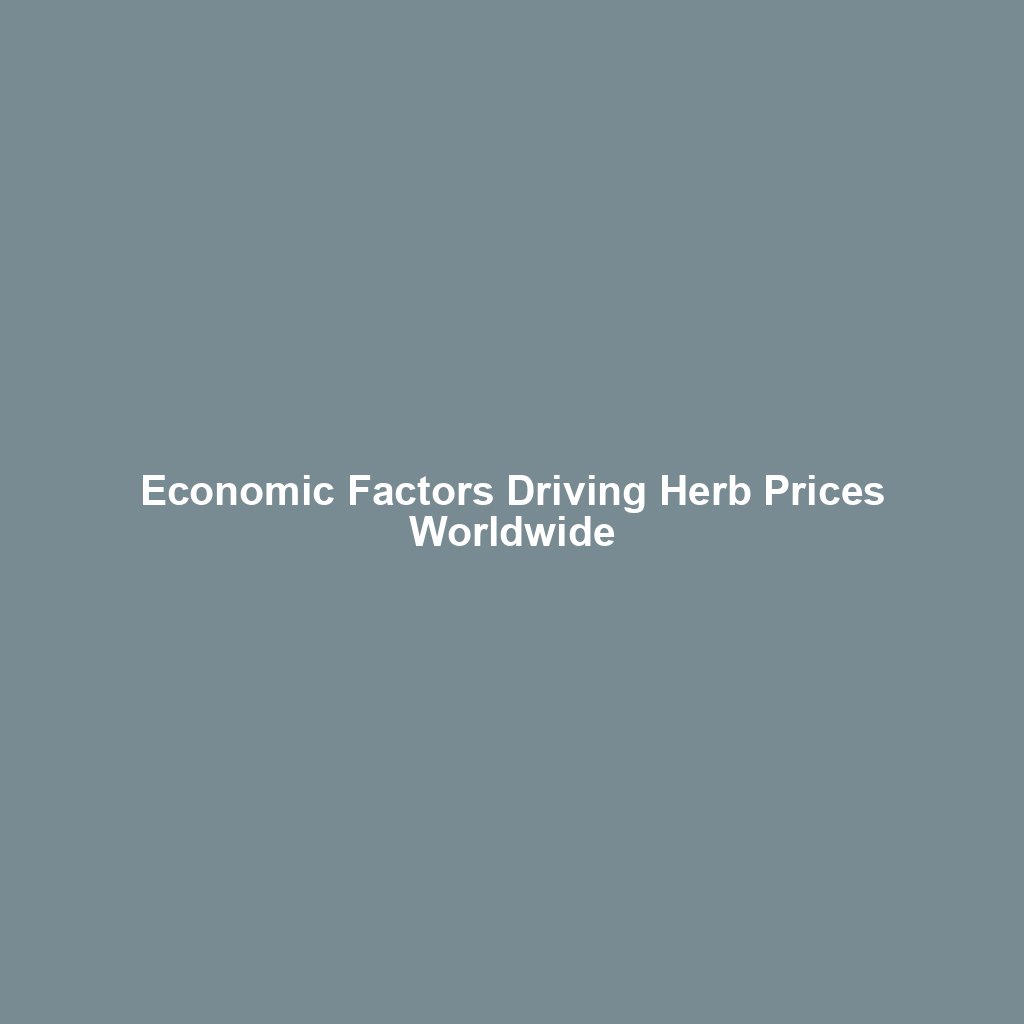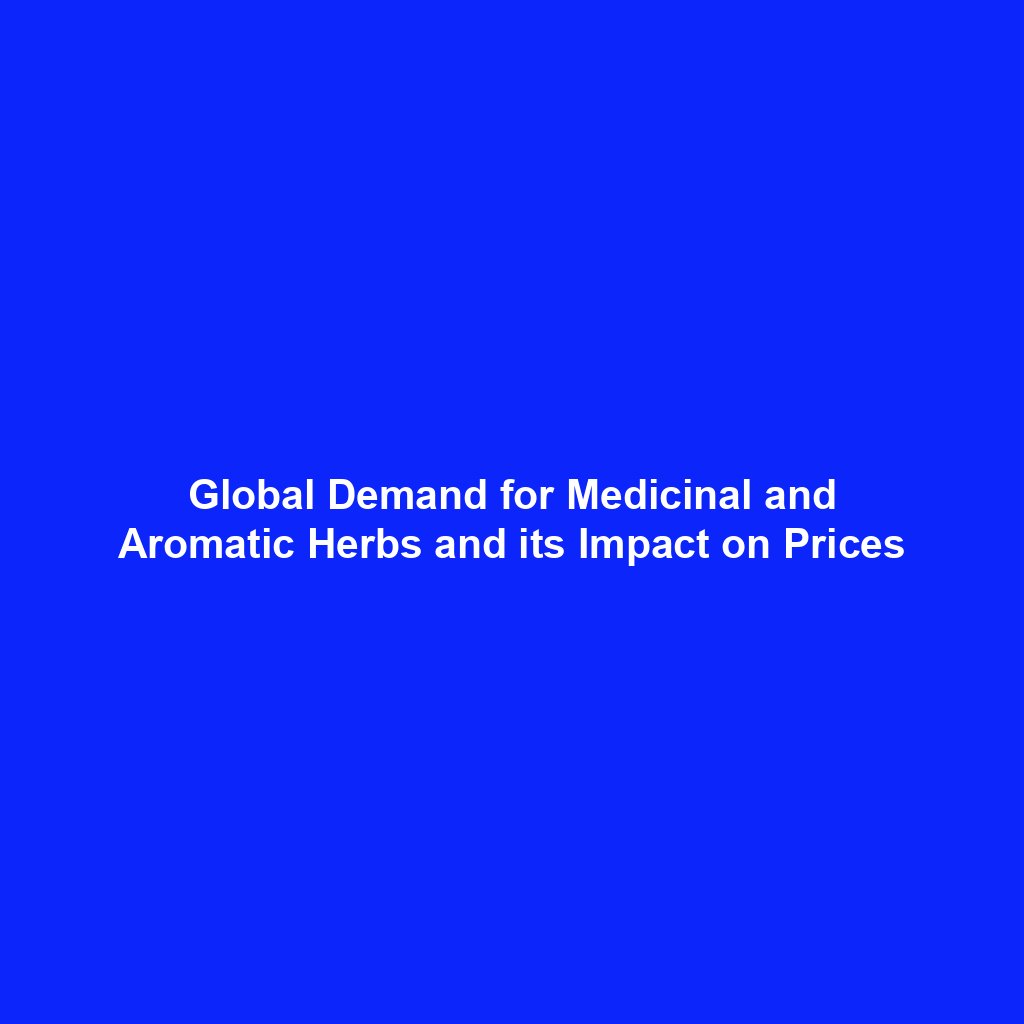
Introduction
Trade tariffs have long been a tool used by governments to protect domestic industries, generate revenue, and influence international trade dynamics. In the realm of agriculture, these tariffs can have profound effects on global plant prices, impacting everything from the cost of raw materials to the final price of consumer goods. Understanding how trade tariffs influence global plant prices is crucial for policymakers, farmers, and businesses alike, as it can help them navigate the complexities of international trade and make informed decisions.
The Mechanisms of Trade Tariffs
Trade tariffs are essentially taxes imposed on imported goods. These taxes can take various forms, including ad valorem tariffs (a percentage of the value of the goods), specific tariffs (a fixed fee per unit of goods), and compound tariffs (a combination of both). The primary purpose of these tariffs is to make imported goods more expensive, thereby encouraging consumers to buy domestically produced alternatives.
Types of Trade Tariffs
- Ad Valorem Tariffs: These are calculated as a percentage of the value of the imported goods. For example, a 10% ad valorem tariff on a $100 product would add $10 to its cost.
- Specific Tariffs: These are fixed fees imposed on a per-unit basis. For instance, a specific tariff of $5 per kilogram of imported wheat would add $5 to the cost of each kilogram.
- Compound Tariffs: These combine both ad valorem and specific tariffs. For example, a compound tariff might include a 5% ad valorem tariff plus a $2 specific tariff per unit.
Objectives of Trade Tariffs
Governments impose trade tariffs for several reasons:
- Protecting Domestic Industries: By making imported goods more expensive, tariffs can help protect domestic industries from foreign competition.
- Generating Revenue: Tariffs can be a significant source of revenue for governments.
- Retaliation: Tariffs can be used as a tool for retaliating against unfair trade practices by other countries.
- Negotiation: Tariffs can be used as leverage in trade negotiations to secure more favorable terms.
Impact on Global Plant Prices
The imposition of trade tariffs can have a ripple effect on global plant prices, influencing various aspects of the agricultural supply chain. These effects can be both direct and indirect, and they can vary depending on the type of plant, the countries involved, and the specific tariffs imposed.
Direct Effects
Direct effects of trade tariffs on global plant prices are relatively straightforward. When a country imposes tariffs on imported plants or plant products, the immediate result is an increase in the cost of those imports. This increase can be passed on to consumers in the form of higher prices, or it can be absorbed by businesses, potentially reducing their profit margins.
Indirect Effects
Indirect effects of trade tariffs can be more complex and far-reaching. For example, tariffs on raw materials used in agriculture, such as fertilizers or machinery, can increase production costs for farmers. These higher production costs can then be passed on to consumers in the form of higher prices for the final products. Additionally, tariffs can disrupt supply chains, leading to shortages or surpluses that can further influence prices.
Case Studies
To better understand how trade tariffs influence global plant prices, it is helpful to examine specific case studies. These case studies can provide insights into the real-world effects of tariffs and highlight the various factors that can influence outcomes.
Case Study 1: U.S.-China Trade War
The trade war between the United States and China, which began in 2018, provides a clear example of how trade tariffs can impact global plant prices. Both countries imposed tariffs on a wide range of goods, including agricultural products. The U.S. imposed tariffs on Chinese imports, and China retaliated with tariffs on U.S. agricultural exports, such as soybeans, corn, and wheat.
The immediate effect of these tariffs was a significant increase in the cost of U.S. agricultural exports to China. As a result, Chinese buyers turned to other countries, such as Brazil and Argentina, to source their soybeans. This shift in demand led to higher prices for soybeans from these countries, while U.S. soybean prices fell due to reduced demand. The trade war also disrupted global supply chains, leading to increased volatility in plant prices.
Case Study 2: European Union’s Tariffs on U.S. Agricultural Products
In response to U.S. tariffs on European steel and aluminum, the European Union imposed tariffs on a range of U.S. products, including agricultural goods such as corn, rice, and orange juice. These tariffs led to higher prices for U.S. agricultural exports to the EU, reducing their competitiveness in the European market.
As a result, U.S. farmers faced lower demand and lower prices for their products, while European consumers experienced higher prices for imported agricultural goods. The tariffs also prompted U.S. farmers to seek alternative markets, leading to shifts in global trade patterns and further influencing plant prices.
Strategies for Mitigating the Impact of Trade Tariffs
Given the potential for trade tariffs to disrupt global plant prices, it is important for stakeholders to develop strategies for mitigating their impact. These strategies can help businesses, farmers, and policymakers navigate the challenges posed by tariffs and minimize their negative effects.
Diversifying Markets
One effective strategy for mitigating the impact of trade tariffs is to diversify markets. By expanding their customer base to include multiple countries, businesses and farmers can reduce their reliance on any single market and minimize the risk of being adversely affected by tariffs. This approach can also help them take advantage of new opportunities and increase their resilience to trade disruptions.
Improving Efficiency
Another strategy is to improve efficiency in production and supply chains. By adopting advanced technologies, optimizing processes, and reducing waste, businesses and farmers can lower their production costs and better absorb the impact of tariffs. This can help them remain competitive in the face of higher import costs and maintain their profit margins.
Advocating for Fair Trade Policies
Policymakers and industry groups can also play a role in mitigating the impact of trade tariffs by advocating for fair trade policies. By engaging in negotiations, forming alliances, and participating in international trade organizations, they can work to reduce trade barriers and promote a more stable and predictable trading environment. This can help create a level playing field for all stakeholders and reduce the likelihood of disruptive trade disputes.
Conclusion
Trade tariffs are a powerful tool that can have significant effects on global plant prices. By making imported goods more expensive, tariffs can protect domestic industries, generate revenue, and influence international trade dynamics. However, they can also disrupt supply chains, increase production costs, and lead to higher prices for consumers.
Understanding the mechanisms of trade tariffs and their impact on global plant prices is crucial for policymakers, farmers, and businesses. By examining case studies and developing strategies for mitigating the impact of tariffs, stakeholders can navigate the complexities of international trade and make informed decisions. Ultimately, a collaborative approach that promotes fair trade policies and fosters resilience can help create a more stable and prosperous global agricultural market.



